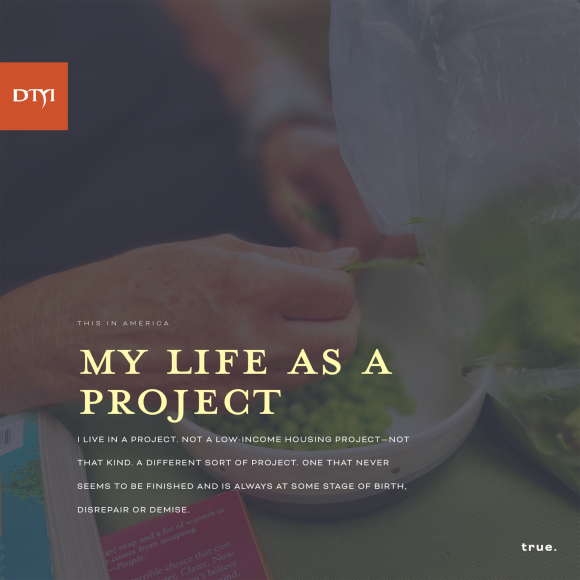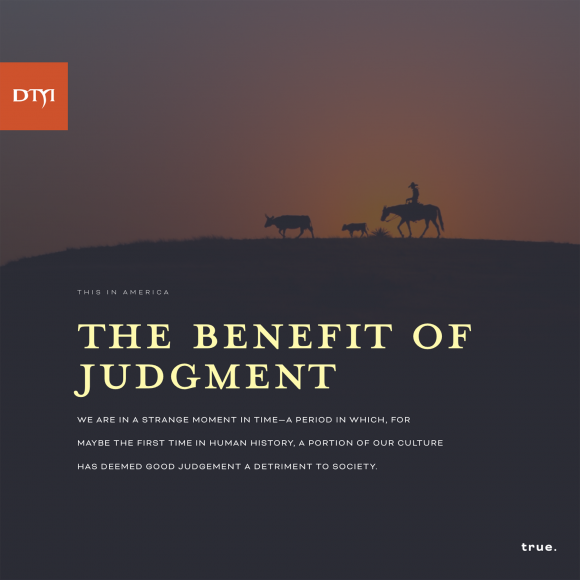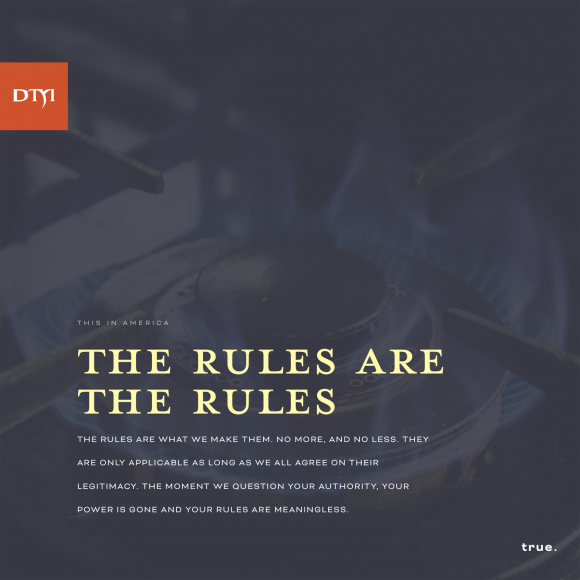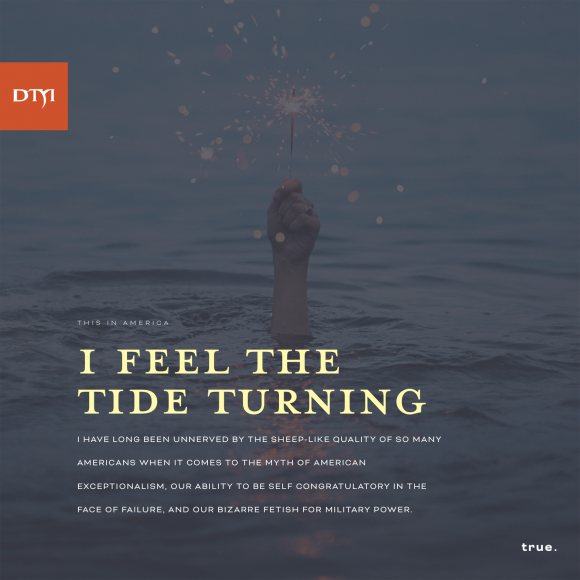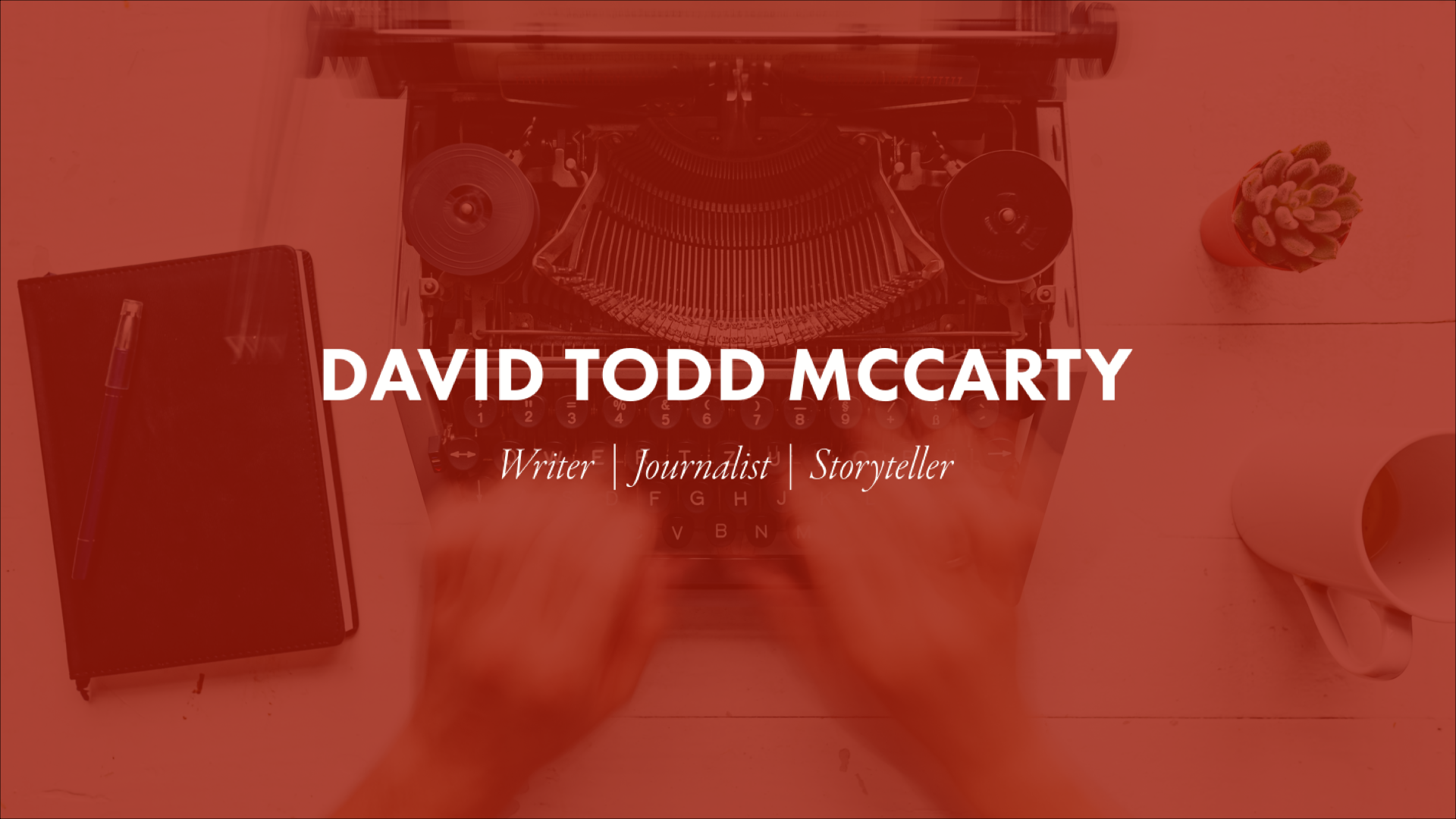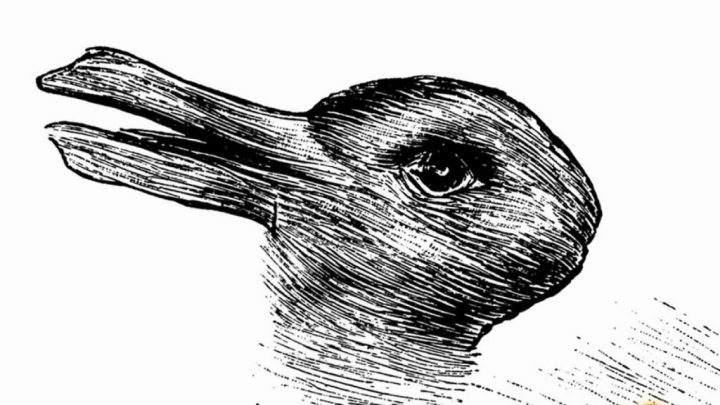
Here in America, where individualism is the true national religion, we demand the freedom to be different and then work tirelessly to get everyone to follow suit. We fight for our right to be uniquely homogenous, and fight legislation that allows anyone to be different than what we’ve collectively decided is the norm. We all want to be different, just like everyone else.
In my line of work, I’m constantly met with the promise that a new client’s project is entirely unique, expressly different than anything I’ve ever experienced or witnessed, only to find they are nearly identical to countless projects I’ve worked on many times before. The only real difference is slightly different packaging.
A lot of people claim they want something new, but really they just want the same old thing, maybe occasionally in a fancy new wrapper. They will still complain that the new packaging isn’t actually as good as the old packaging, and that none of it is as good as when they were young. We all grow wistful for things we once complained about, not because it was better, but because we liked the world better in our youth. The world wasn’t better. We were young. That’s what we long for, really. Our youth. The times weren’t simpler, pure, or more innocent. We were.
We are all so hell bent on our right to be unique individuals, that we form groups of like-minded people so we can fight the other people who think alike, but differently.
You’ve probably seen the cartoon of the two armies getting ready to fight to the death to determine who’s god is superior, the Rabbit God or the Duck God. Of course, it’s the same creature, but depending on how you look at it, it either appears to be a rabbit or a duck.
It first appeared in 1894 in a German magazine, this simple drawing. But the crazy thing about that illusion, is that can’t see both at the same time. You might think you can, but you can’t. You can perceive one, and then the other, and back to the first one, your brain recalibrating each time, however quickly, feeding you the illusion of a rabbit, or a duck. We still think about it. This duality of man. Those who follow the Rabbit and those who follow the Duck.

The writer David Sedaris said, “We all would like to believe that everyone is unique and then they disappoint you every time by being exactly the same, asking for the same things, reciting the exact same lines as though they have been handed a script.
He goes on to say, “I went to a store on the Upper West Side. This store is like a Museum of Natural History where everything is for sale: every taxidermic or skeletal animal that roams the earth is represented in this shop and, because of that, it is popular. I went with my brother last weekend. Near the cash register was a bowl of glass eyes and a sign reading ‘DO NOT HOLD THESE GLASS EYES UP AGAINST YOUR OWN EYES: THE ROUGH STEM CAN CAUSE INJURY.’ I talked to the fellow behind the counter and he said, ‘It’s the same thing every time. First they hold up the eyes and then they go for the horns. I’m sick of it.’ It disturbed me that, until I saw the sign, my first impulse was to hold those eyes up to my own. I thought it might be a laugh riot.”
At the end of the day, we’re social animals, who developed and evolved to live in communities. We rely on shared values to coexist. In a healthy ecosystem, you want enough diversity to combat inbreeding, but not so much evolutionary mutation that you can’t maintain a cohesive organism. We are unique enough to progress, but similar enough to maintain harmony.
Which is why music things in life operate more like a bell curve, the bulk of activity taking place in the safe middle, with the fringes becoming more and more vulnerable and dangerous, the farther you get from the center.
Safety resides in the middle of the pack, not up front on the vanguard, and not straggling in the rear. They tend to get picked off, like a lone turtle hatchling trying to make it to the ocean before a seagull snatches it.
We believe in the safety of numbers but tell ourselves we swim upstream against the current, and march to the beat of our own drummer. Meanwhile, all fish swim upstream to spawn, and no one marches alone, that’s called walking.
David Sedaris concluded, “All of us take pride and pleasure in the fact that we are unique, but I’m afraid that when all is said and done the police are right: it all comes down to fingerprints.”


